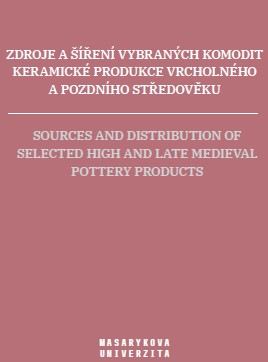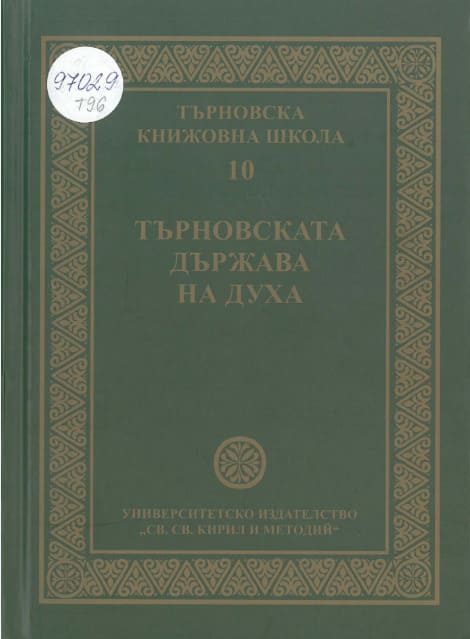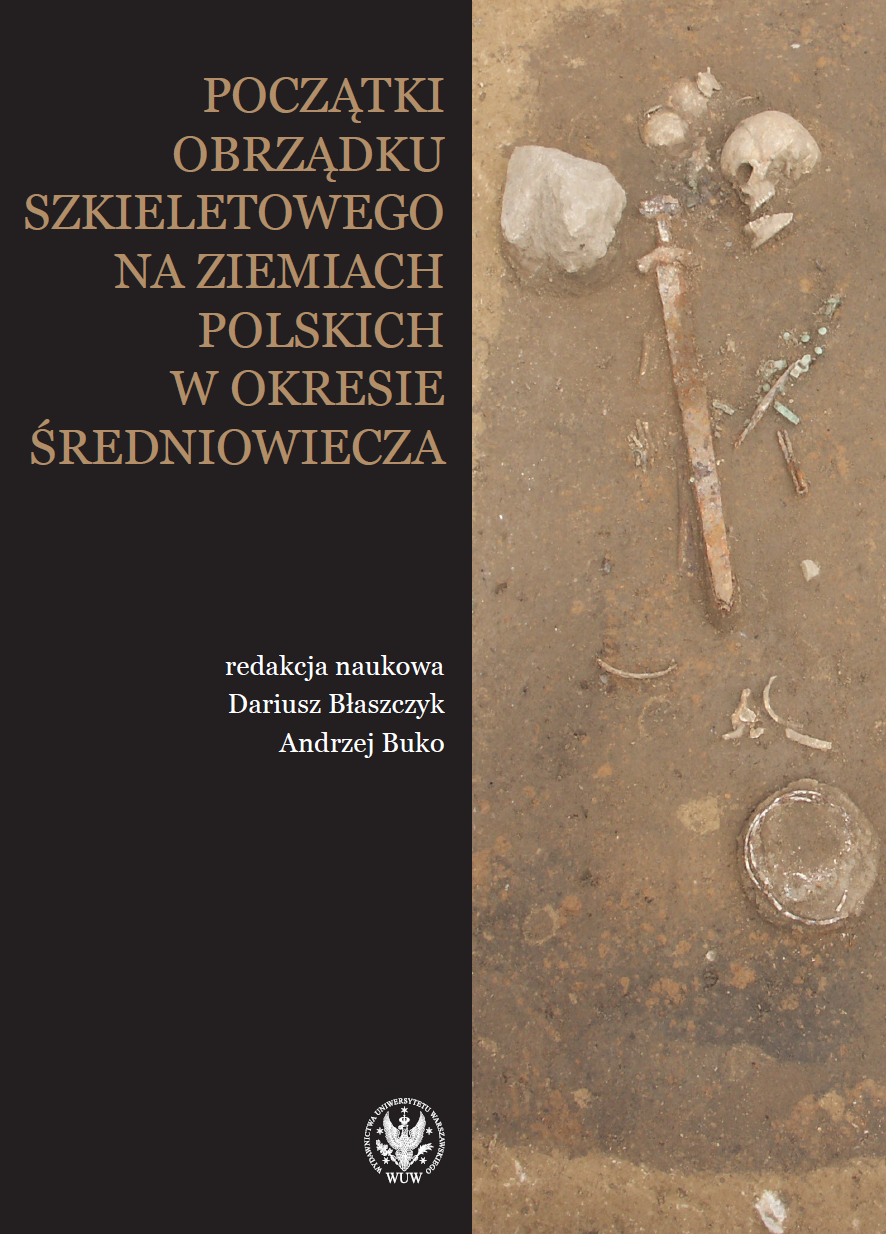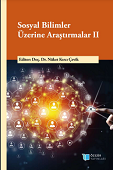Author(s): Markéta Tymonová,Martin Hložek,Irena Loskotová / Language(s): English,Czech
Publication Year: 0
The feast that celebrates the revelation of God (Epiphany), as the Gospel of Matthew (Mt 2.1–12) says, commemorates three Wise Men (also referred to as Magi or Kings) from the East who came to worship the newborn King of the Judeans. This motif mostly occurs on medieval relief stove tiles in the form of a compositionally unified picture, comprising Virgin Mary with Baby Jesus and three figures of Kings bringing gifts in various containers. The scene is usually framed by a simple post-built building reminding of the Bethlehem Stable and by the inevitable star that guided the Three Kings arriving either afoot, or exceptionally riding on animals’ backs. Distinguished from this concept is a series of tile reliefs, whose figures, placed mostly on a two-cusped segmental arch of a tracery, became independent and were depicted on their own separate stove tiles of rectangular format (in more detail Loskotová 2011, 14–20, 35–37, 108–112, 150–156, 246–248). The owner or builder of the given stove thus got more space to combine individual figures, especially due to additional figures who enriched the series. In the basic series, which is defined by a bordure in the form of crossed bars anchored at the foot of the above-mentioned arch, we so far completely or partially identified fourteen reliefs. In some locations, these reliefs are still supplemented by another figures that imitate the style and composition of the original collection.
More...





